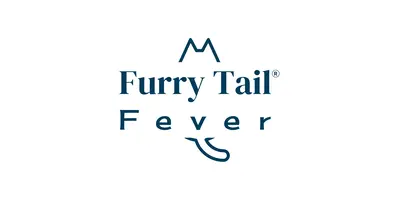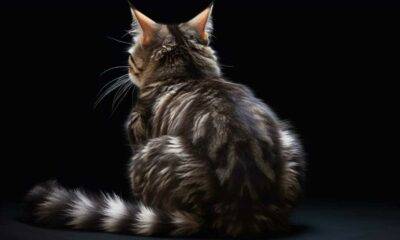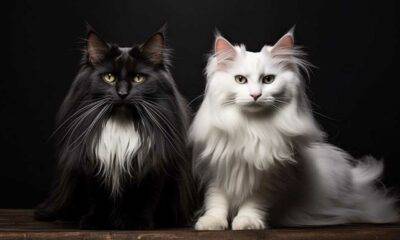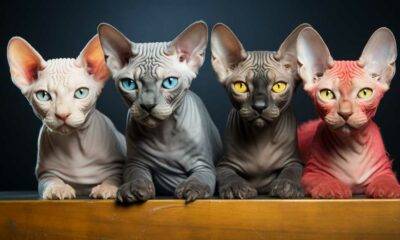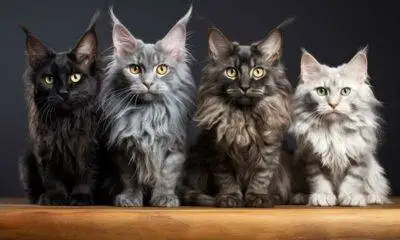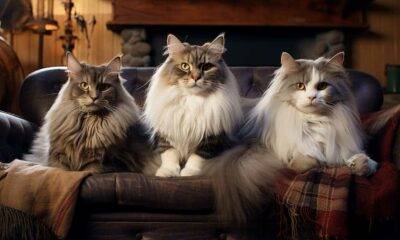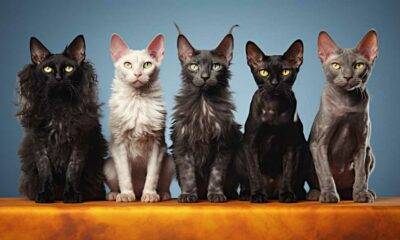cats
Why Opt for Homemade Diets for Indoor Cats?

Why Opt for Homemade Diets for Indoor Cats?
Are you tired of wondering if your indoor cat’s diet is really meeting their nutritional needs? If so, it might be time to consider making homemade meals for your feline companion. By taking charge of what you feed them, you can ensure that they get the right balance of quality protein sources and essential nutrients they need to stay healthy.
Homemade diets also give you better control over any potential food allergies your cat may have, which can promote their overall well-being. With a little preparation and knowledge, you can provide your indoor cat with balanced and wholesome meals tailored to their specific dietary requirements.
So why settle for store-bought options when you can give your cat the personalized, homemade diet they deserve?
Key Takeaways
Why Choose Homemade Diets for Indoor Cats?
Opting for homemade diets for indoor cats can have numerous benefits for their overall health and well-being. While some may argue that it requires extra time and effort, making your cat’s food at home allows you to have control over the quality and ingredients. This ensures that your cat receives the necessary nutrients and avoids potential allergies.
By preparing homemade diets with proper research and preparation, you can provide a reliable and fulfilling choice for your indoor cat’s diet. It allows you to tailor their meals to their specific needs and preferences, promoting their overall health and happiness. Additionally, homemade diets can be a cost-effective alternative to commercial cat food, especially if you can source ingredients from local farmers or markets.
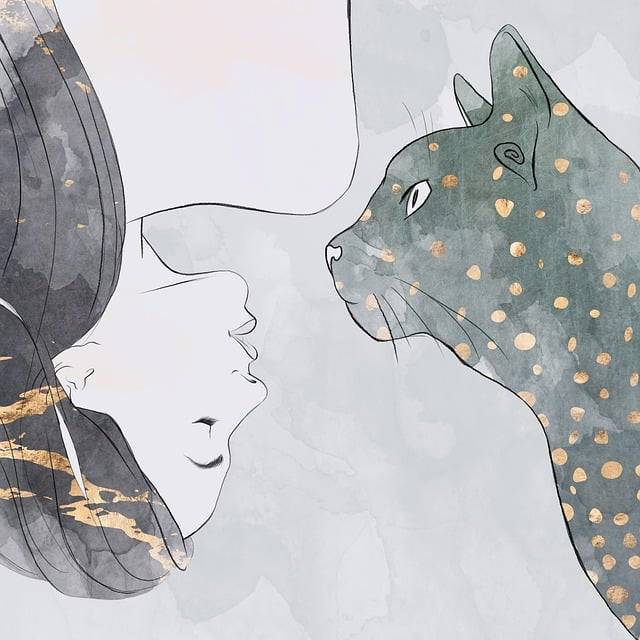
It’s important to note that homemade diets should be well-balanced and meet the nutritional requirements of your cat. Consulting with a veterinarian or a feline nutritionist can help you create a well-rounded meal plan that meets your cat’s specific dietary needs. Taking this step ensures that your cat’s homemade diet is complete and provides all the necessary vitamins, minerals, and nutrients they need to thrive.
In conclusion, opting for homemade diets for indoor cats can be a rewarding and beneficial choice. It allows you to have control over your cat’s nutrition and provides a personalized approach to their diet. With proper research and guidance, you can provide your cat with a wholesome and nourishing diet that supports their overall health and well-being.
Understanding Indoor Cat Nutritional Needs
Understanding the Nutritional Needs of Indoor Cats
To keep your indoor cat healthy and happy, it’s important to understand their specific nutritional requirements. Managing their weight is crucial to prevent obesity, which can lead to health issues like diabetes and joint problems. A balanced diet that includes the right amount of protein, fats, and carbohydrates is essential for their well-being.
Consulting with your veterinarian is a great way to determine the appropriate caloric intake for your cat based on factors such as their age, activity level, and body condition. They can provide guidance on how much food your cat needs to maintain a healthy weight.
Another important aspect of indoor cat care is dental health. Feeding your cat dry food or incorporating dental treats into their diet can help promote good oral hygiene by reducing the buildup of plaque and tartar. Regular dental check-ups and teeth cleanings are also recommended to prevent dental disease.
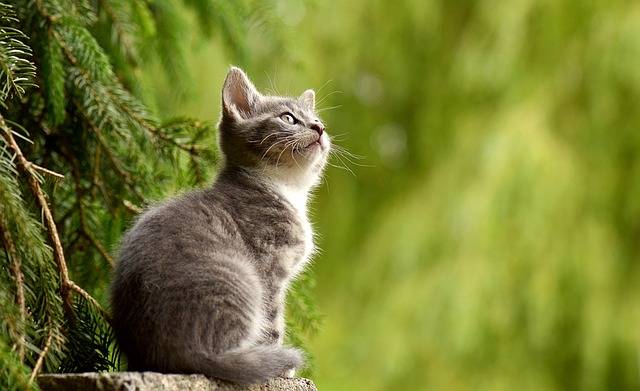
By understanding and addressing these specific nutritional needs, you can ensure that your indoor cat remains in optimal health.
Selecting Quality Protein Sources
Selecting High-Quality Protein Sources for Your Indoor Cat’s Diet
When it comes to ensuring your indoor cat’s health and well-being, choosing the right protein sources for their homemade diet is crucial. Protein is an essential nutrient that plays a vital role in your cat’s overall health. Here are some options to consider when selecting protein sources for your cat’s homemade diet:
- Animal-based proteins: Lean meats like chicken, turkey, and fish are excellent sources of animal-based proteins. These protein sources provide the necessary amino acids that cats need for optimal health.
- Plant-based proteins: While cats are obligate carnivores and require animal-based proteins, incorporating some plant-based proteins into their diet can be beneficial. However, it’s important to remember that vegan cat diets may not provide all the necessary nutrients.
- Eggs: Eggs are a cost-effective and nutritious source of high-quality protein that can be included in your cat’s diet. They’re a great addition to ensure your cat gets the protein it needs.
- Supplements: If you find it challenging to provide enough protein through food sources alone, you may consider adding supplements like protein powders to your cat’s diet. However, it’s essential to consult with a veterinarian before introducing any supplements.
Incorporating Essential Nutrients
Incorporating Essential Nutrients
To ensure your cat gets all the necessary nutrients in their homemade diet, it’s important to include a variety of key ingredients. While homemade diets can have many benefits for indoor cats, it’s crucial to address any potential deficiencies.
One way to do this is by incorporating supplements into their meals. These supplements can help fill any nutritional gaps and provide your cat with the essential vitamins and minerals they need. Some common deficiencies in homemade diets include taurine, omega-3 fatty acids, and vitamin D.
You can address these deficiencies by including ingredients like fish oil, egg yolks, and organ meats in your cat’s meals. These ingredients are rich in the nutrients that cats need to thrive.
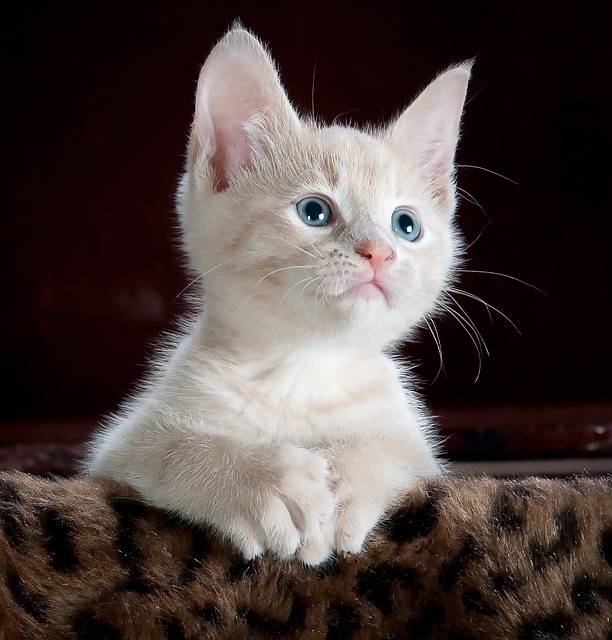
Identifying and Managing Food Allergies
Identifying and Managing Food Allergies
If your indoor cat has food allergies, it’s crucial to effectively identify and manage them. Food allergies in cats can cause various symptoms, including digestive issues, skin problems, and respiratory distress.
To manage your cat’s dietary restrictions, follow these steps:
- Consult with your veterinarian: Seek professional guidance to determine if your cat’s symptoms are caused by food allergies. A veterinarian can conduct tests and provide specific recommendations.
- Elimination diet: Start by feeding your cat a diet with limited ingredients, avoiding common allergens like beef, chicken, dairy, and grains. Gradually reintroduce ingredients to identify the specific allergen.
- Finding alternative ingredients: Once the allergen is identified, work with your veterinarian to find suitable alternative ingredients that meet your cat’s nutritional needs.
- Homemade diets: Consider preparing homemade diets using alternative ingredients to effectively manage your cat’s dietary restrictions.
Preparing Balanced Meals
When it comes to preparing balanced meals for your indoor cat, it’s important to prioritize their nutritional needs. To ensure that your cat gets the right amount of nutrients without overeating, it’s essential to plan meals and control portions.
Start by consulting with a veterinarian to determine your cat’s specific dietary requirements, taking into account factors like age, weight, and any underlying health conditions.
A well-balanced cat meal typically includes high-quality protein, such as lean meat or fish, along with fruits and vegetables to provide additional vitamins and minerals. It’s crucial to avoid ingredients that can be harmful to cats, such as onions, garlic, and certain spices.
To maintain portion control, measure the appropriate amount of food based on your cat’s size and activity level.
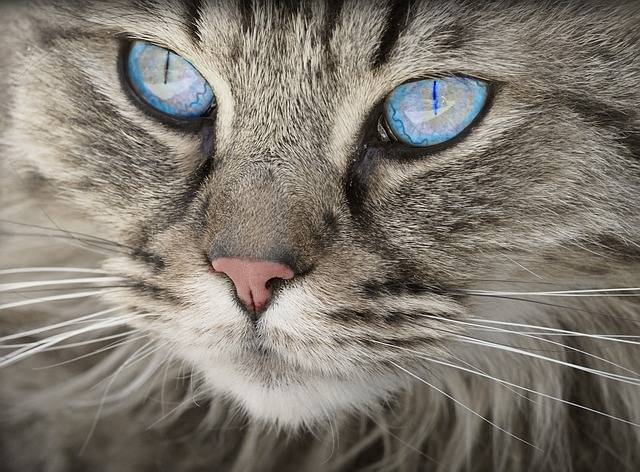
Frequently Asked Questions
How Often Should I Feed My Indoor Cat a Homemade Diet?
Feeding your indoor cat a homemade diet multiple times a day is important to ensure their nutritional needs are met and to prevent overeating. By following a feeding schedule that includes portion control, you can help your cat maintain a healthy weight. This is crucial for their overall well-being and can reduce the risk of obesity-related health issues. Providing regular meals throughout the day also mimics the natural hunting and feeding behavior of cats, which can provide mental stimulation and prevent boredom. Remember to consult with your veterinarian to ensure that the homemade diet you choose is balanced and provides all the necessary nutrients for your cat’s specific needs.
Can I Use Raw Meat in My Homemade Cat Food?
Using raw meat in homemade cat food can pose a risk due to potential bacterial contamination. However, there are safer alternatives available. Cooked meat and fish can provide the necessary nutrients for your cat’s diet without the same level of risk. It’s important to prioritize the health and well-being of your furry friend by considering their dietary needs and the potential risks involved. By opting for cooked protein sources, you can ensure that your cat’s diet is both nutritious and safe.
Are There Any Supplements I Need to Add to My Cat’s Homemade Diet?
If you’re feeding your cat a homemade diet, it’s important to make sure they’re getting all the necessary nutrients. One way to achieve this is by considering the use of supplements. Following nutritional guidelines and maintaining a balanced diet is crucial. It’s always a good idea to consult with your vet for specific recommendations tailored to your cat’s individual needs. They can provide you with expert advice on the best supplements to include in your cat’s diet. By doing so, you can ensure that your furry friend is getting all the essential nutrients they require for optimal health.
How Can I Determine if My Cat Has a Food Allergy?
To determine if your cat has a food allergy, look for common symptoms such as itching, vomiting, or diarrhea after eating. It’s important to consult with a veterinarian who can perform tests to diagnose the allergy and help pinpoint the specific ingredient causing the reaction. Understanding your cat’s dietary needs is crucial for their overall well-being.
Can I Incorporate Homemade Treats Into My Cat’s Diet?
You can definitely include homemade treats in your cat’s diet. It’s a wonderful way to add variety to their meals and ensure they’re getting high-quality ingredients. Homemade cat treats can be a healthy and satisfying snack option. Here are some great recipes to try out and spoil your furry friend with nutritious and delicious treats.
Conclusion
Opting for homemade diets for indoor cats can offer numerous benefits for their overall health and well-being. While some may argue that it requires extra time and effort, making your cat’s food at home allows you to have control over the quality and ingredients, ensuring that your cat receives the necessary nutrients and avoids potential allergies.
With proper research and preparation, homemade diets can be a reliable and fulfilling choice for owners of indoor cats.

table, th, td { border: 1px solid black; border-collapse: collapse; padding: 10px;}
cats
Little Kitten My Favorite Cat – Play Fun Pet Care Kids Game – Fun Games For Kids & Children

By: ArcadeGaming
Title: Little Kitten My Favorite Cat – Play Fun Pet Care Kids Game – Fun Games For Kids & Children
Sourced From: www.youtube.com/watch?v=Hyju6Gwo_gs
cats
Guy Thinks He’s Lost His Foster Cat | The Dodo

By: The Dodo
Title: Guy Thinks He”s Lost His Foster Cat | The Dodo
Sourced From: www.youtube.com/watch?v=Jn4YJr_pWzY
cats
How To Train Your Cat: Two Methods You Need To Know

By: Cat School Clicker Training
Title: How To Train Your Cat: Two Methods You Need To Know
Sourced From: www.youtube.com/watch?v=LJVQINS8xFk
-

 cats7 months ago
cats7 months agoHow to Get Your Cats to Stop… Everything You Hate: Every No Needs a Yes!
-

 All Animals1 year ago
All Animals1 year agoALL about Lagomorphs Explained!
-

 All Animals10 months ago
All Animals10 months agoExplore the Wilderness: ALL about Carnivores Unleashed!
-

 Animals1 year ago
Animals1 year agoThe Wonders: ALL About Artiodactyls
-

 Cat Breeds6 months ago
Cat Breeds6 months agoWhat Are Some Rare Domestic Cat Breeds?
-

 Cat Breeds6 months ago
Cat Breeds6 months agoWhat Are the Top Family-Friendly Domestic Cat Breeds?
-

 Cat Breeds6 months ago
Cat Breeds6 months agoDiscover Rare Domestic Cat Breeds With Our Guide
-

 Cat Breeds6 months ago
Cat Breeds6 months agoTop Family-Friendly Domestic Cat Breeds
